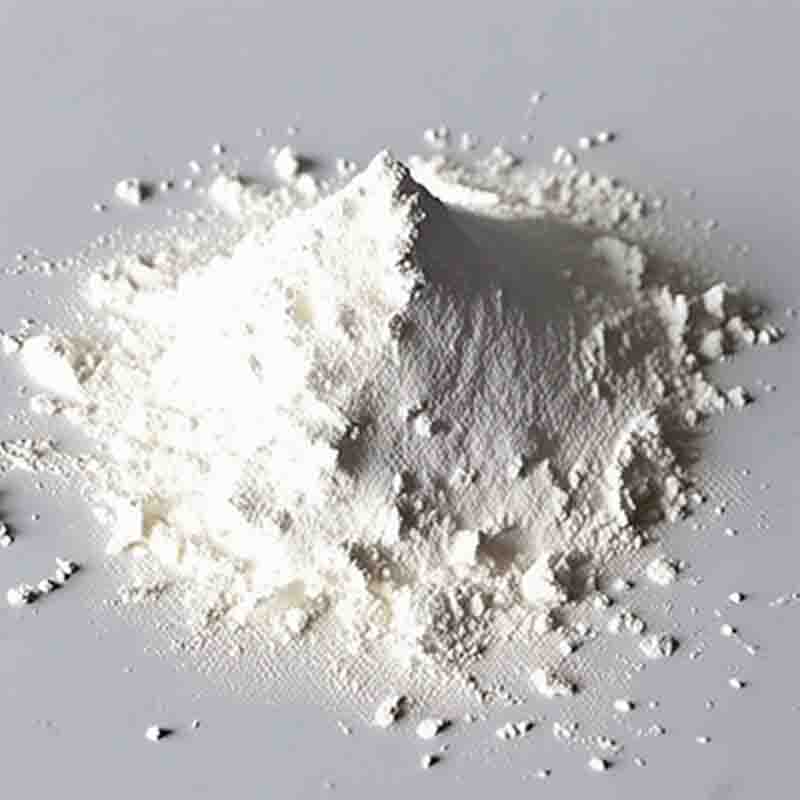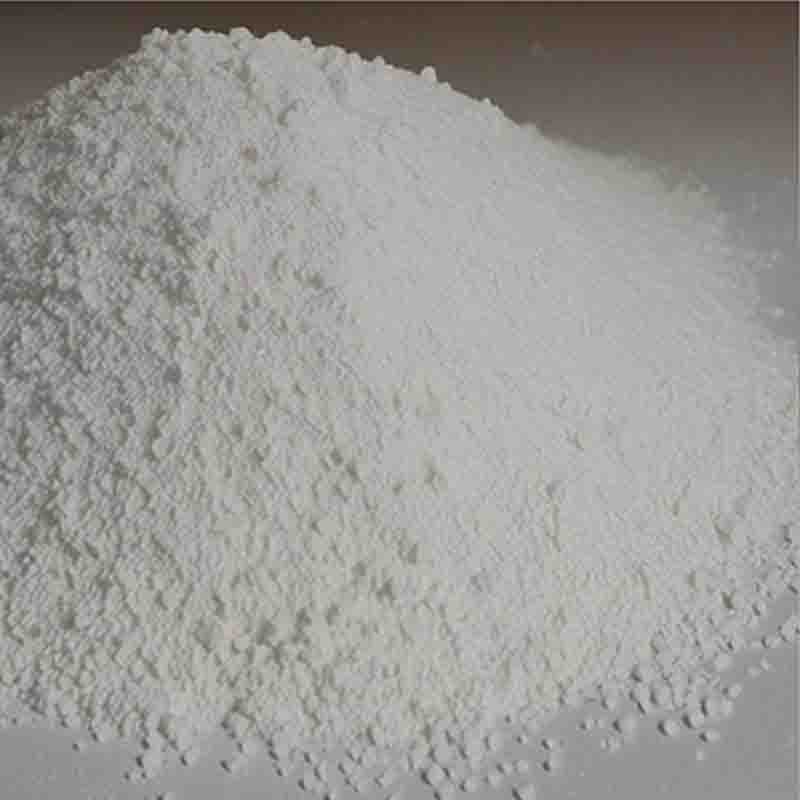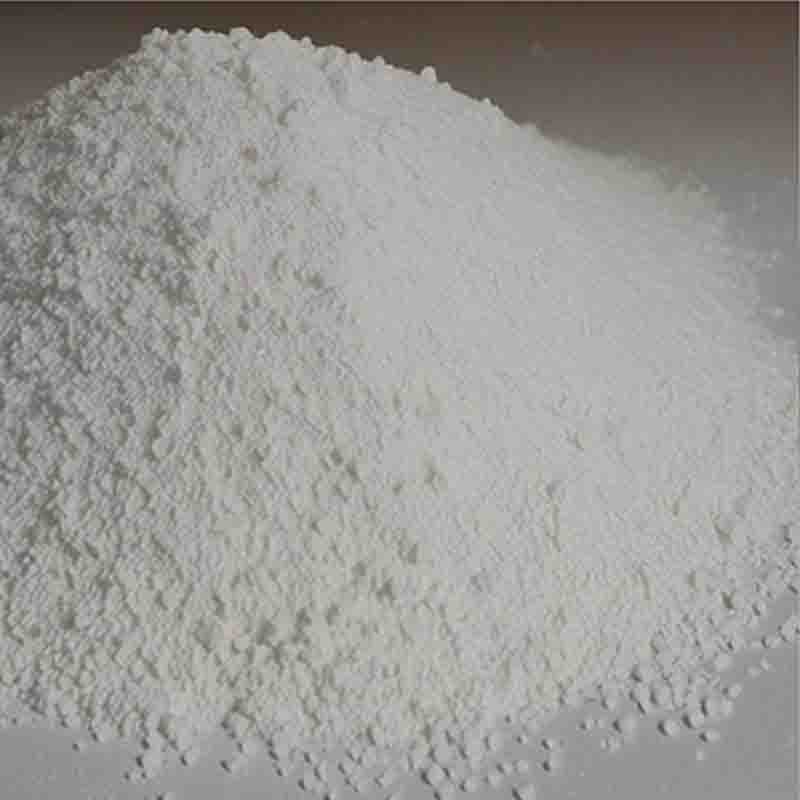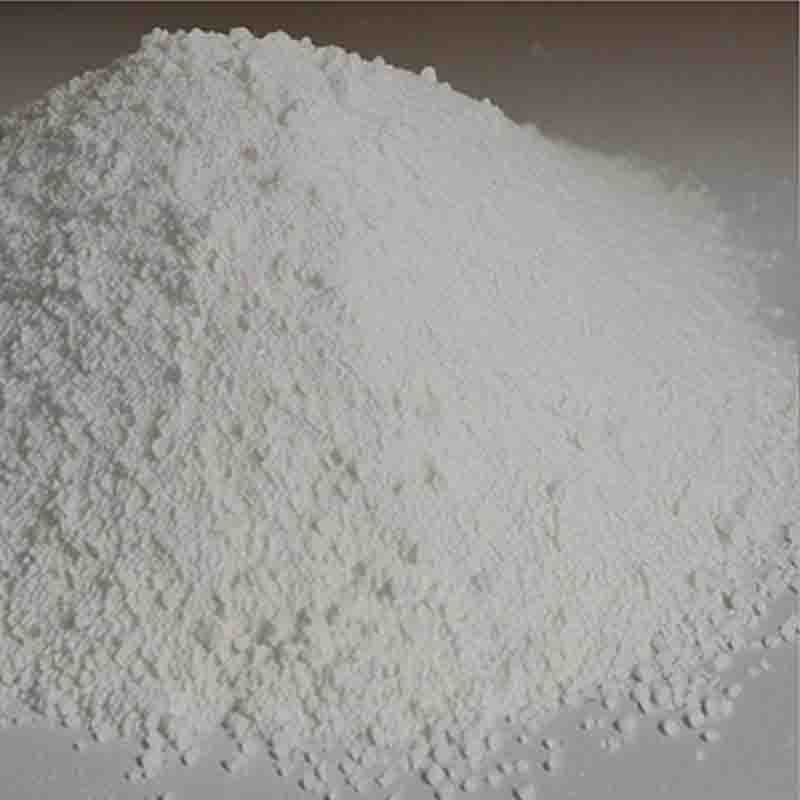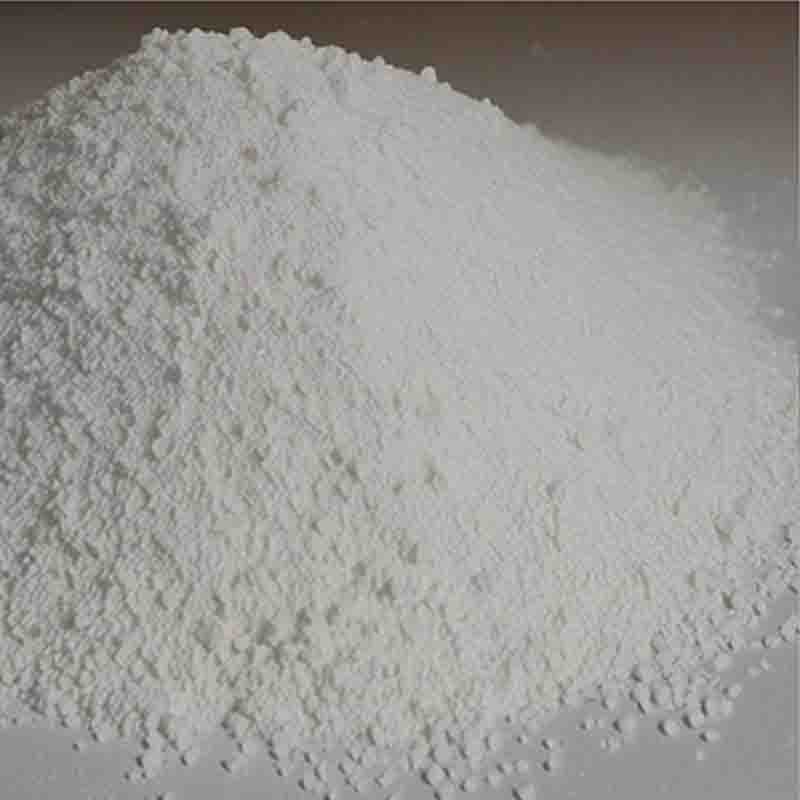2′-anilino-6′-[ethyl(3-methylbutyl)amino]-3′-methylspiro[isobenzofuran-1(3H),9'-[9H]xanthene]-3-one CAS:70516-41-5
| Catalog Number | XD94571 |
| Product Name | 2'-anilino-6'-[ethyl(3-methylbutyl)amino]-3'-methylspiro[isobenzofuran-1(3H),9'-[9H]xanthene]-3-one |
| CAS | 70516-41-5 |
| Molecular Formula | C34H34N2O3 |
| Molecular Weight | 518.65 |
| Storage Details | Ambient |
Product Specification
| Appearance | White powder |
| Assay | 99% min |
The compound 2'-anilino-6'-[ethyl(3-methylbutyl)amino]-3'-methylspiro[isobenzofuran-1(3H),9'-[9H]xanthene]-3-one exhibits a range of effects and potential applications. This xanthene derivative is a complex organic compound with unique chemical structure and properties.One of the key effects of this compound is its ability to act as a fluorescent dye. Xanthene derivatives, including this compound, possess strong fluorescence when exposed to specific wavelengths of light. This property makes them valuable in various applications, such as fluorescence imaging, microscopy, flow cytometry, and DNA sequencing.Additionally, this compound can be used as a biological stain. Its fluorescent properties allow it to selectively label specific cellular components, such as DNA, RNA, proteins, and membranes. This feature is particularly useful in research and diagnostic applications, where the visualization of cellular structures is crucial.Another important effect of this compound is its function as a pH indicator. Xanthene derivatives can undergo changes in fluorescence intensity or color depending on the pH of the environment. This property enables them to measure pH levels in different systems accurately. Applications of pH indicators include biological and environmental monitoring, as pH is a critical parameter affecting various biological processes and environmental conditions.In preliminary studies, xanthene derivatives, including this compound, have shown potential anticancer properties. These compounds have displayed cytotoxic effects on cancer cells, leading to apoptosis or inhibiting cell proliferation. However, further research is needed to fully understand their mechanisms of action and establish their effectiveness as anticancer agents.Moreover, this compound has demonstrated antimicrobial activity against bacteria and fungi. It has exhibited the ability to inhibit the growth and proliferation of pathogens. The antimicrobial properties of xanthene derivatives make them potential candidates for developing alternative antimicrobial agents.Apart from their biological effects, xanthene derivatives can also be utilized in optical materials. Their unique fluorescence properties make them suitable for applications in films, coatings, and sensors. These materials have applications in optoelectronics, displays, data storage, and sensing technologies.Lastly, there is ongoing research into the potential use of xanthene derivatives in organic photovoltaics or solar cells. These compounds have light-absorbing and charge-transporting properties, making them potentially useful in the production of efficient and cost-effective solar energy harvesting devices.In summary, the compound 2'-anilino-6'-[ethyl(3-methylbutyl)amino]-3'-methylspiro[isobenzofuran-1(3H),9'-[9H]xanthene]-3-one exhibits fluorescence, can act as a biological stain and pH indicator, shows potential anticancer and antimicrobial properties, can be used in optical materials, and has potential applications in organic photovoltaics. Its unique properties make it a compound of interest for further research and potential applications in various fields.


![2′-anilino-6′-[ethyl(3-methylbutyl)amino]-3′-methylspiro[isobenzofuran-1(3H),9'-[9H]xanthene]-3-one CAS:70516-41-5 Featured Image](https://cdn.globalso.com/xdbiochems/白色粉末2825.jpg)
![2′-anilino-6′-[ethyl(3-methylbutyl)amino]-3′-methylspiro[isobenzofuran-1(3H),9'-[9H]xanthene]-3-one CAS:70516-41-5](https://cdn.globalso.com/xdbiochems/粉末2524.jpg)

